 Background of thesis study is one of important part of your thesis. It contains the review of area being research and present and previous information about the issue as well as history of the issue being studied.
Background of thesis study is one of important part of your thesis. It contains the review of area being research and present and previous information about the issue as well as history of the issue being studied.
The purpose of writing a background of the study is to prove the significance and importance of the issues and develop it into thesis.
The first step to develop a background of the study is to conduct preliminary study before formulating your thesis to see if there are many issues need to address. The preliminary research or study will help you to develop a thesis statement or research question that will lead to more specific and relevant research. You can find information on the library such as on books, journals as well as to internet and other electronic devices for your background of the study.
After preliminary research, it is a time to formulate a research question or thesis statement to be used a guide to your thesis. You will need to take notes and keep list of resources. Make sure to cite the sources of information on each notes so that you will not forget where each information or date came from and decide if this can be used on your thesis.
As you finished your research question or thesis statement, determine your own opinion regarding the topic or issues. In this way, you do a more detailed research and find sources that really relevant to your thesis. Be sure to that your sources provide details on history and past research related to your thesis statement.
You can now evaluate your research and begin to write a background of the study that covers the key issues, findings and issues surrounding your thesis to have evaluation and conclusion. Also, identify the study need to be done and provide possible solutions to the issue that not yet considered before.
Finally, you can review your background of your study if there will be something to revise. It is great idea to have someone else to read your work to get comments or suggestions to improve your background of the study.

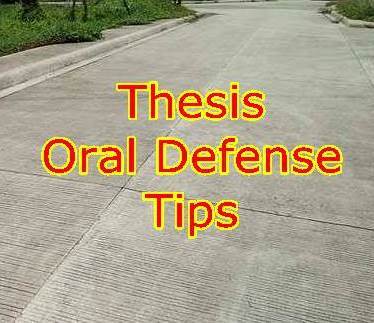 Thesis or dissertation is a document written as requirement in order to graduate from Masteral Degree or Doctoral Degree. It is a paper that something is trying to prove through research and study. It is also known as a claim or argument.
Thesis or dissertation is a document written as requirement in order to graduate from Masteral Degree or Doctoral Degree. It is a paper that something is trying to prove through research and study. It is also known as a claim or argument.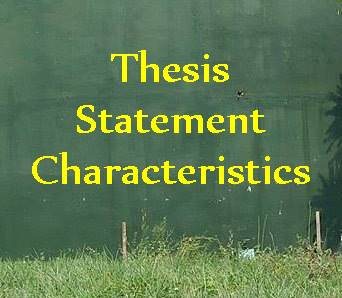 A thesis is a paper submitted as candidate for an academic degree or professional qualification such as Master’s Degree or Doctorate Degree. It is document that you need something to prove with evidence through research. A strong thesis will be able to justify the discussion presented in the paper.
A thesis is a paper submitted as candidate for an academic degree or professional qualification such as Master’s Degree or Doctorate Degree. It is document that you need something to prove with evidence through research. A strong thesis will be able to justify the discussion presented in the paper. Writing a thesis is complicated if you do not know how to start with it. The first step is to write an outline of your thesis in order to have a guide while writing your thesis.
Writing a thesis is complicated if you do not know how to start with it. The first step is to write an outline of your thesis in order to have a guide while writing your thesis.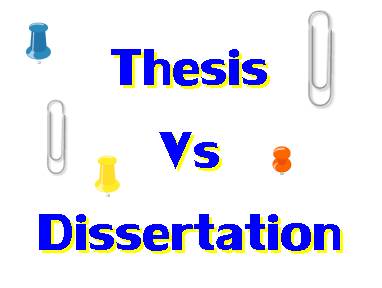 Thesis and dissertation is the documents required in order to graduate from masteral or doctoral. You may wonder the difference between a thesis and a dissertation. This two terms may use interchangeably and sometimes confused because both papers have similar characteristics such as structure as they both contained introduction, review of related literature, body, conclusion, bibliography and appendix. However, there are also differences between thesis and dissertation.
Thesis and dissertation is the documents required in order to graduate from masteral or doctoral. You may wonder the difference between a thesis and a dissertation. This two terms may use interchangeably and sometimes confused because both papers have similar characteristics such as structure as they both contained introduction, review of related literature, body, conclusion, bibliography and appendix. However, there are also differences between thesis and dissertation. Limitations of the study are weakness of the study that somethings that a researchers cannot control. All studies have limitation because research topic should narrow down in order to finish the study on time and to avoid complexity of the research. Like for example, if you do not restrict your discussion related to the research problem, you have to tackle all data related to your research. You need to limit your research by describing your study. Factors to considers in terms of limitation are sample size, available and reliable data, measure to use to collect data, and access of data.
Limitations of the study are weakness of the study that somethings that a researchers cannot control. All studies have limitation because research topic should narrow down in order to finish the study on time and to avoid complexity of the research. Like for example, if you do not restrict your discussion related to the research problem, you have to tackle all data related to your research. You need to limit your research by describing your study. Factors to considers in terms of limitation are sample size, available and reliable data, measure to use to collect data, and access of data.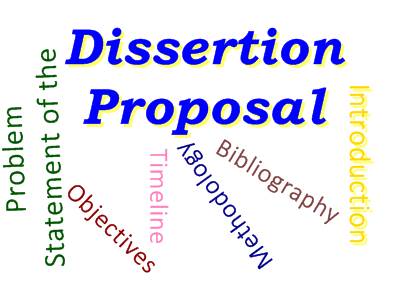 Dissertation proposal contains information about your dissertation such as probable question you are going to study, research method to be used, reference to the theoretical background and potential result of your study.
Dissertation proposal contains information about your dissertation such as probable question you are going to study, research method to be used, reference to the theoretical background and potential result of your study.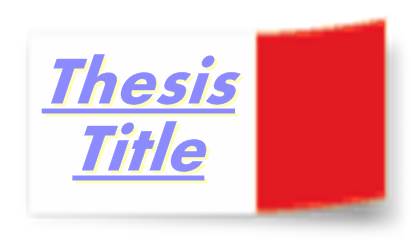 The goal of thesis title is to express subject and argument in one’s thesis. The researcher should consider writing a thesis title at the end of thesis because you will never know the course of thesis’s argument until the thesis had reached completion.
The goal of thesis title is to express subject and argument in one’s thesis. The researcher should consider writing a thesis title at the end of thesis because you will never know the course of thesis’s argument until the thesis had reached completion. Review of related literature is the annotation of available papers both published and unpublished that contain information or evidence related to the topic that a person proposes to research on. It is the use of ideas in the literature to defend your paper such as the methods used in the study. Actually, it is the important component of a research because it helps to identify the research problem and provides information that the research is already exist but need to have further studies.
Review of related literature is the annotation of available papers both published and unpublished that contain information or evidence related to the topic that a person proposes to research on. It is the use of ideas in the literature to defend your paper such as the methods used in the study. Actually, it is the important component of a research because it helps to identify the research problem and provides information that the research is already exist but need to have further studies.